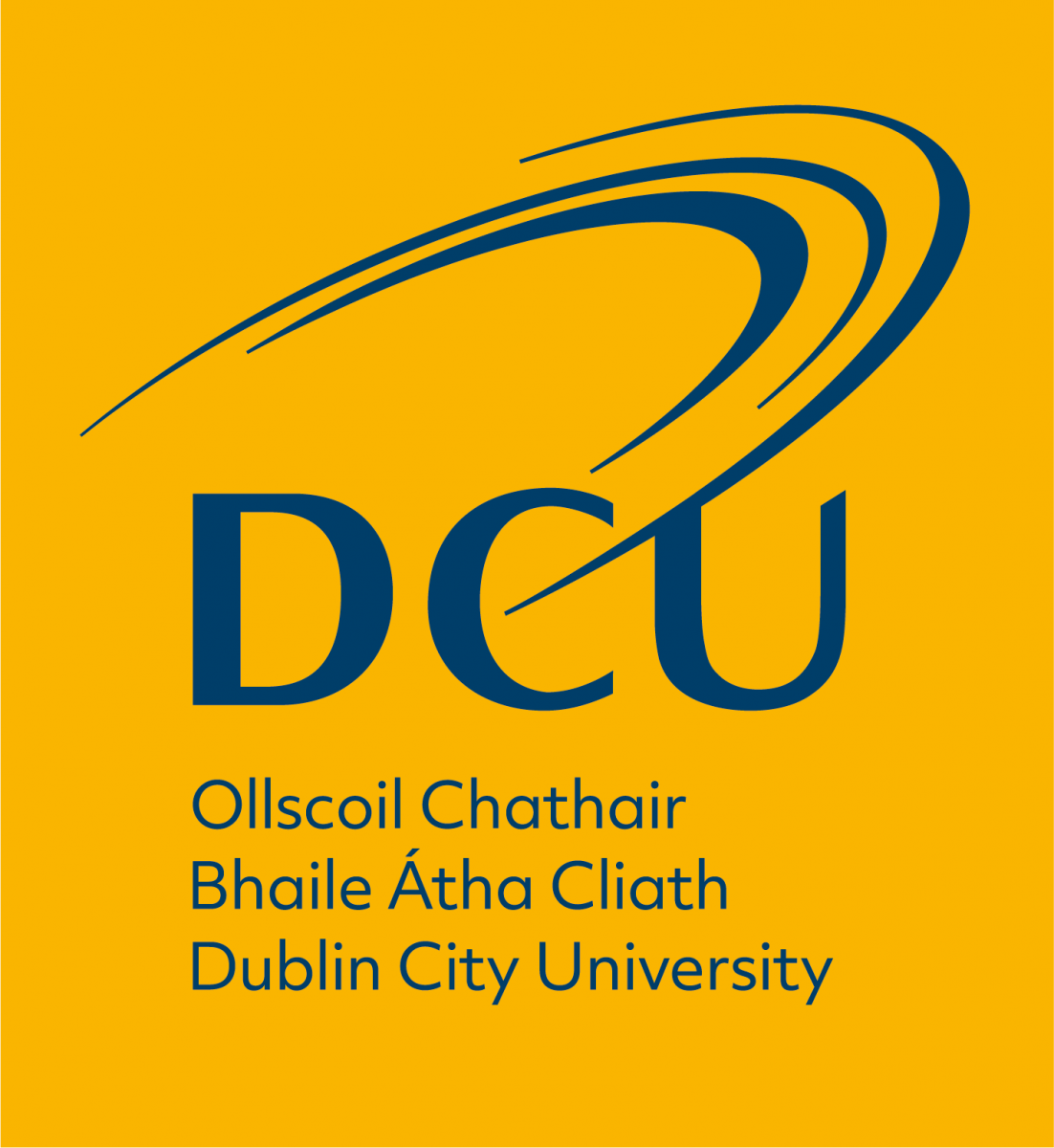The Communications Undergraduate Journal (CUJ) is a peer-reviewed, open access, multi-disciplinary journal targeted at undergraduate scholars, with contributions exclusively from the same student community. The journal is co-published by the School of Communications and DCU Library. Its core aim is to showcase examples of outstanding scholarly work from the BA in Communications at Dublin City University.
This course was the first undergraduate degree in communications in Ireland, and since its inception in 1980, has remained a pioneering and innovative force in education in this domain. Today, it forms part of a School of Communications that is home to approximately 1,000 students, and is ranked in the top 200 of almost 4,500 universities worldwide in the area of communications.
The BA in Communications degree programme is designed to give its students a thorough and holistic understanding of the role communications play in local, national and international settings by helping them to develop the scope and skills to think critically about communication in its various forms. The programme’s diverse range of modules combine to engender an awareness among students of the ways in which mass media both reflect and construct representations of the world.
Another important concern of CUJ is to encourage students to experience how library-based scholarly content is sourced and applied effectively. Mechanising successful search strategies and critical use of scholarly information is an important ingredient of sound academic writing: it is a key skill that every successful undergraduate student should seek to master.
This inaugural issue of the CUJ covers a wide, eclectic mix of topics. In summary, the editors have selected contributions from our hard-working students that reflect the interdisciplinary nature of the B.A. in Communications programme (spanning various facets of communication, media and cultural studies). Moreover, the chosen articles demonstrate how our students work both creatively and analytically to arrive at a critical understanding of developments in these areas.
At present, some thirty-six modules (core and elective) are delivered across the three years of this degree programme. This volume showcases written assignments from five final-year modules, along with one final-year dissertation project.
The opening article by Alison Larkin offers a critique of media coverage of the Central Park Jogger case that culminated in the wrongful conviction of five black and Latino youths (‘The Central Park Five’) for the sexual assault of a woman in 1989. The original version of this article was submitted as an essay for the CM391 ‘Race and the Media’ module. This module applies a multidisciplinary perspective to the topic of race and the media. The objective is to engage with theoretical, conceptual and socio-political debates and scholarship in the area, with a view to understanding how race and ethnicity are mediated, and the impacts of racialised representations on audiences.
In the second article, Clodagh O’Donnell delivers an analysis of the history and evolution of the printing press as a means of examining key tensions between two broad perspectives on the relationship of technology to society: technological determinism, and the social shaping of technology.
This article was submitted as an essay assignment for CM392 ‘Science, Technology and Society’. This module examines the changing roles of science and technology in society, and assesses the impacts and implications of developments in science and technology for society.
Owen Murphy then provides an ‘agenda setting and framing’ analysis of online news coverage of the 2020 Irish general election. The original version of this article took the form of an essay assignment for CM382 ‘Applying Communication Theory’. This module introduces final year students to selected tenets of communication theory with a particular emphasis on how theories can be used as tools to interpret human and mediated communication. The module also examines theories of mediated communication (analogue and digital), and critically reviews the conceptual foundations and dominant assumptions informing studies across the interdisciplinary field of communications.
Next, Andrew Pacitti explores and unpacks the representation of suicide in contemporary television drama through his comparative analysis of the Netflix series 13 Reasons Why with AMCs The Walking Dead. This article is based on an essay submitted for CM3001 ‘Television Drama’. This module examines a range of methodologies for the critical analysis of television drama. It reflects on the relationship between the shifting shapes of TV drama and the larger pattern of social experience, to facilitate an intensive study of particular TV drama series.
The penultimate article sees Georgia Kerrigan critique a body of literature that serves to form a theoretical framework for analysing how television audiences relate to ‘anti-hero’ characters. This article is recast from the literature review section of her 2021 dissertation project. Using The Sopranos as a case study, she investigates the role of impression management in fostering audience connection to the show’s central character and protagonist, Tony Soprano. Here, she draws upon such perspectives as moral psychology and affective disposition theory (ADT).
The final article featured in this edition is a full length undergraduate dissertation. Here, Alison Taaffe examines the implications of Instagram for the self-esteem and life satisfaction of female college students aged 18 to 22 years. This article exemplifies the process through which students devise and complete an independent academic project across the final year of their degree programme. They learn the basic skills and methods required for undertaking research, and apply this in an original context. Moreover, their dissertation project affords the opportunity to pull together core theoretical strands of the degree programme per se, and apply this to analysis of their chosen topic.
This journal is primarily aimed at an undergraduate student readership, but our hope is that the published content will be of interest to all scholars with a broad interest in media and communications. First and foremost, our aim is to evolve a reputation in published undergraduate scholarship of the highest quality.
